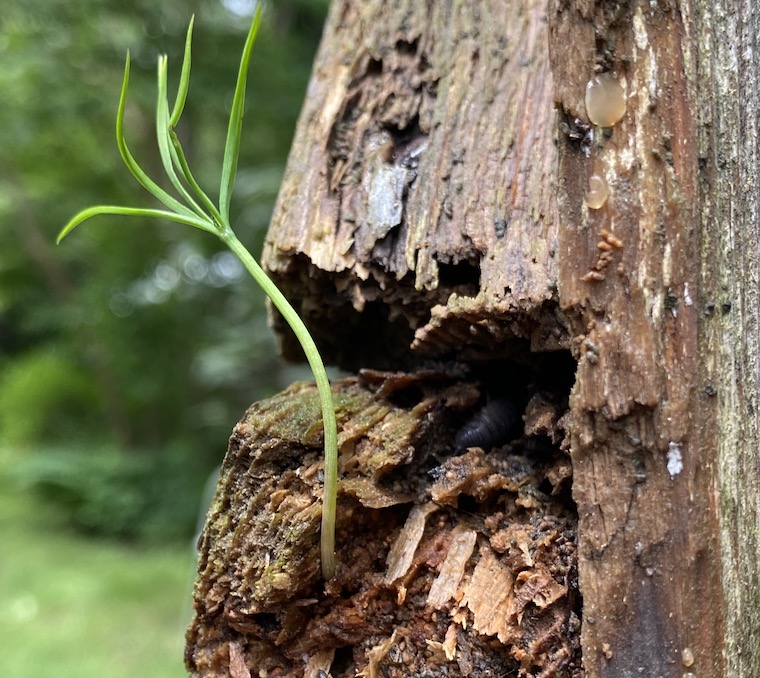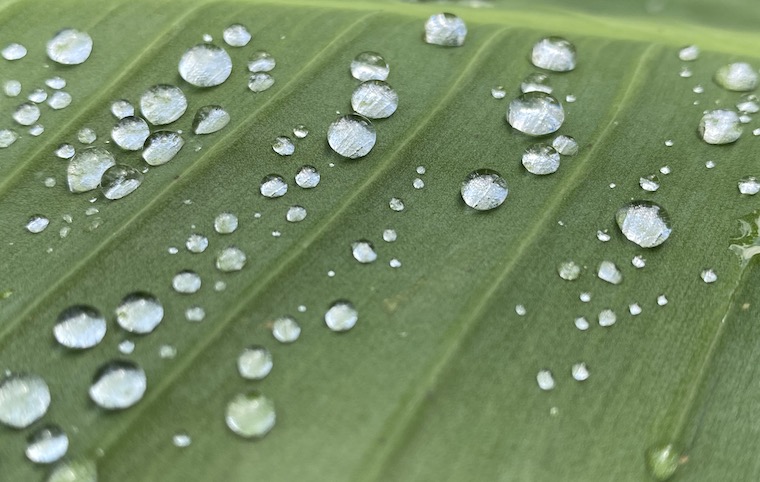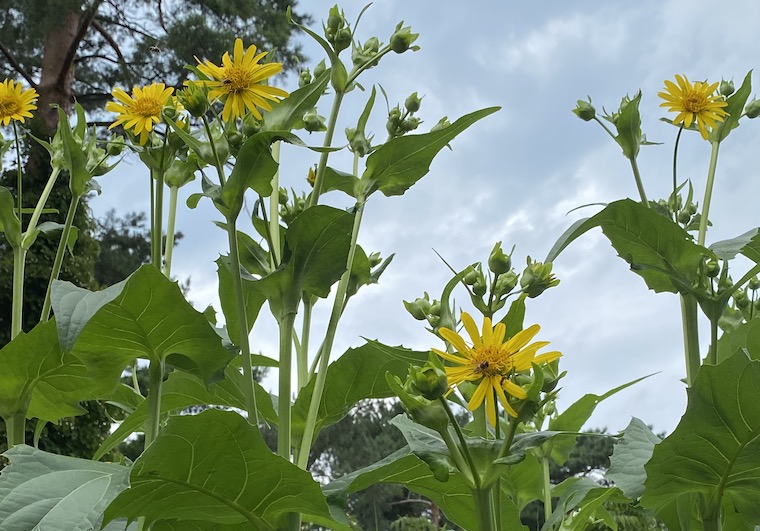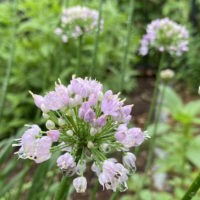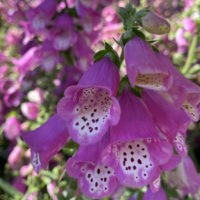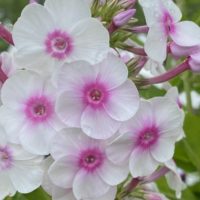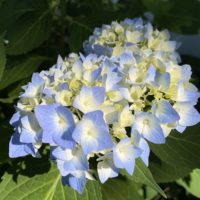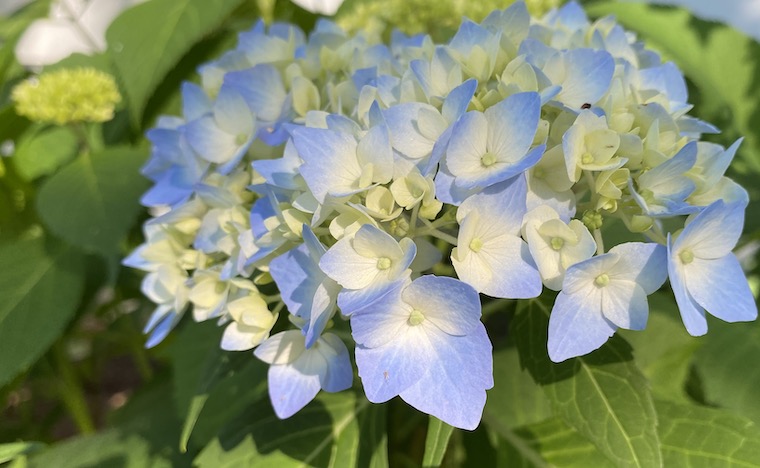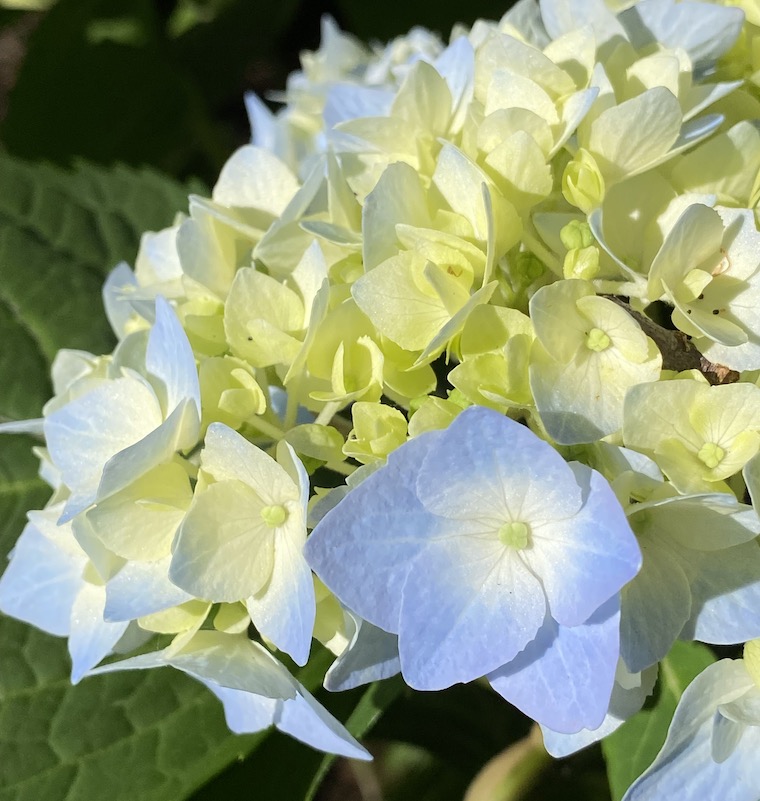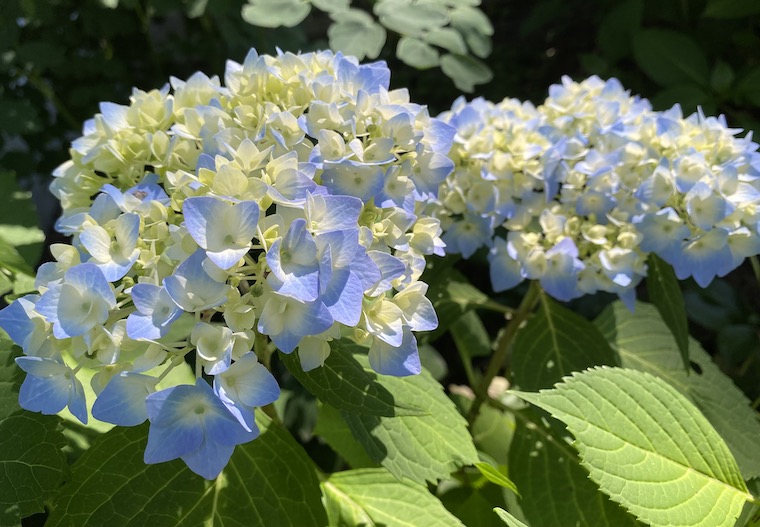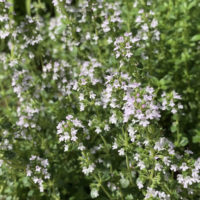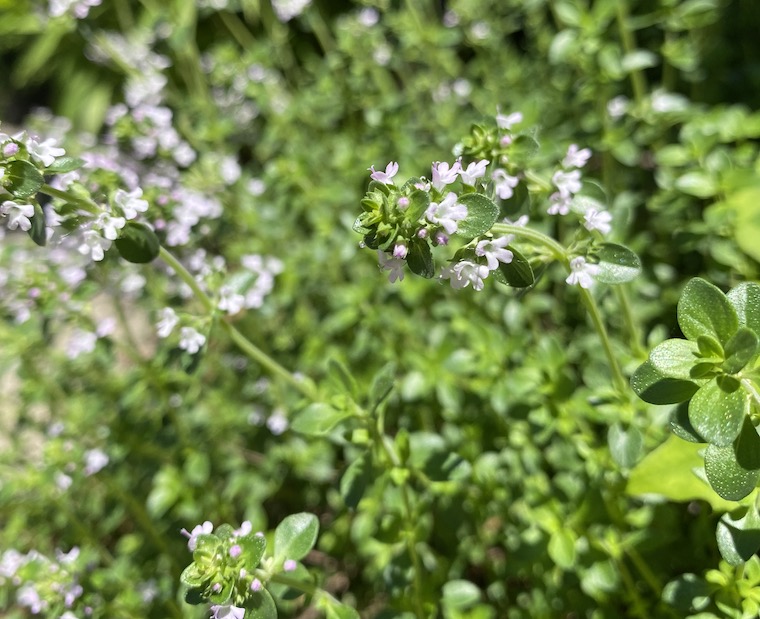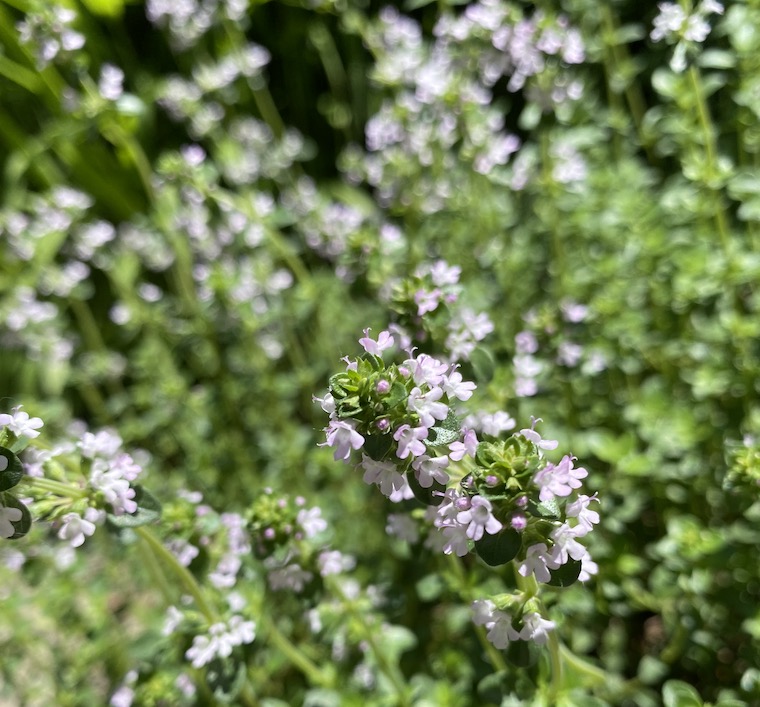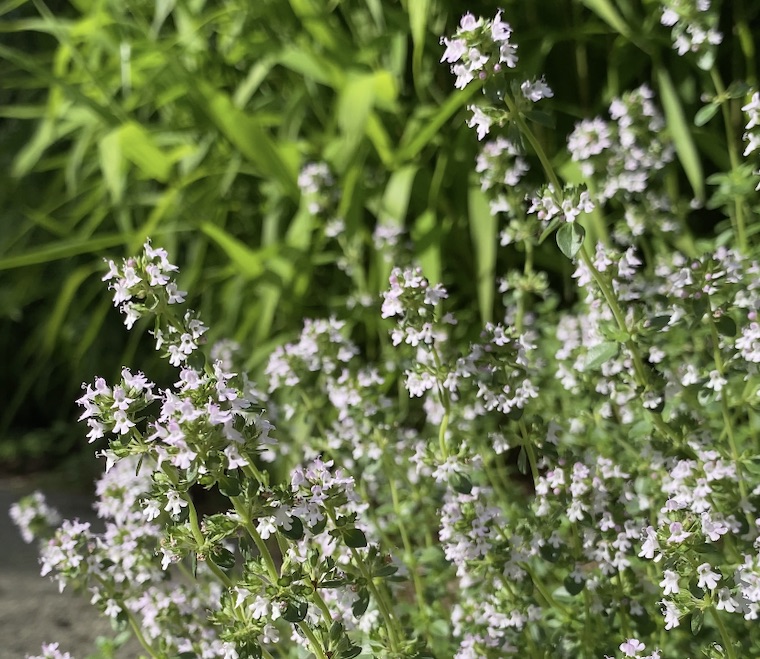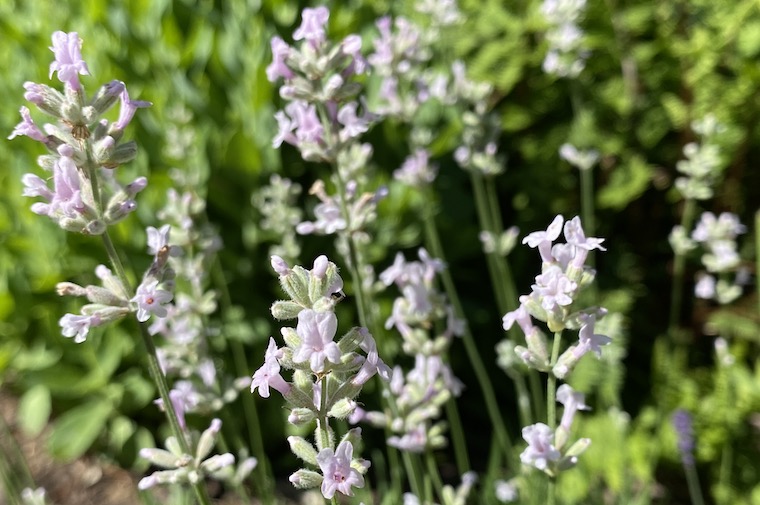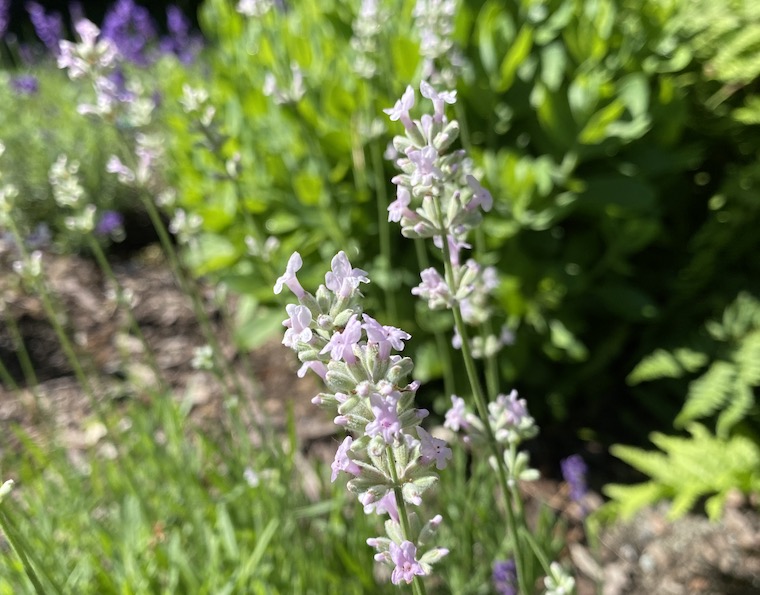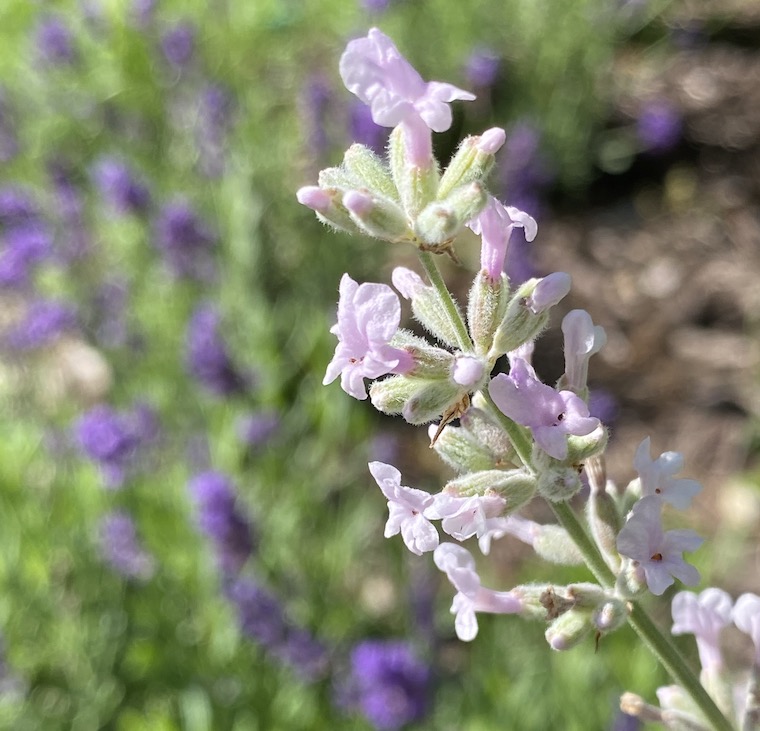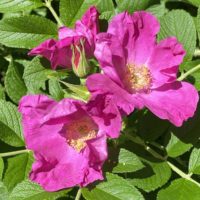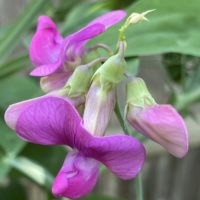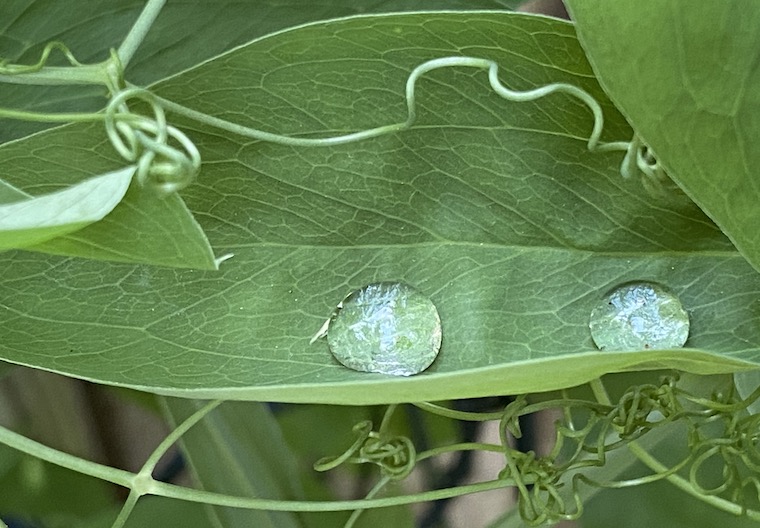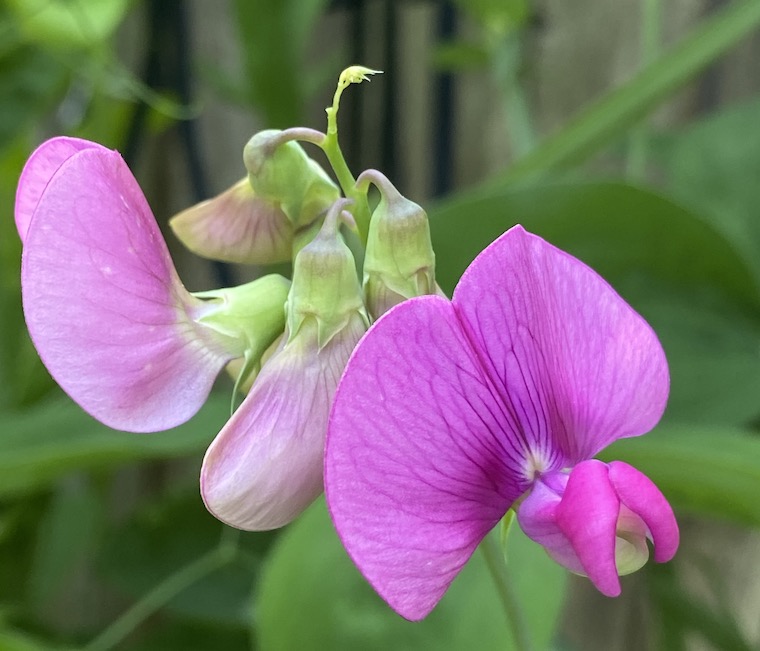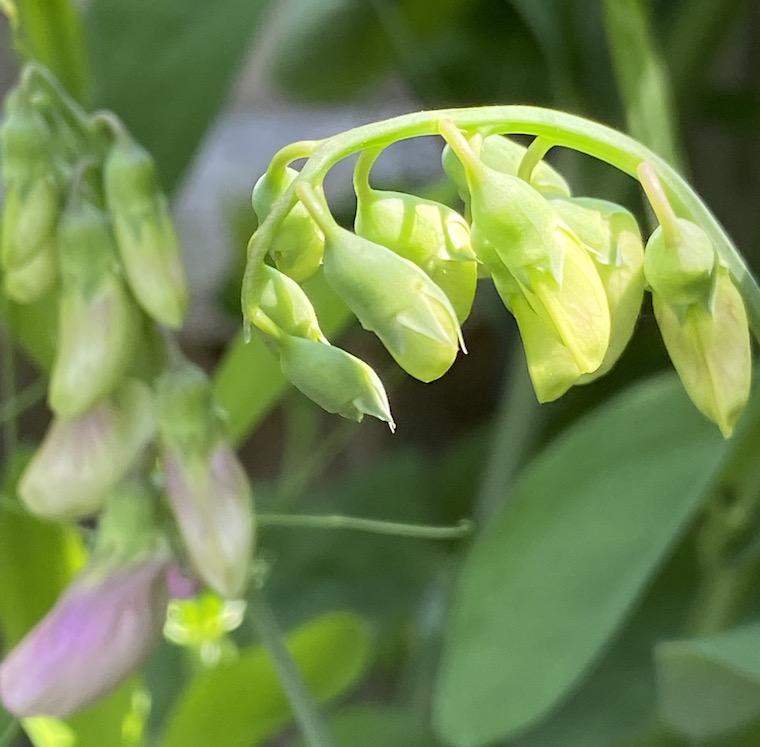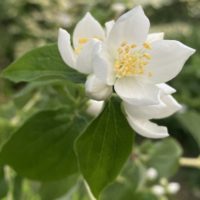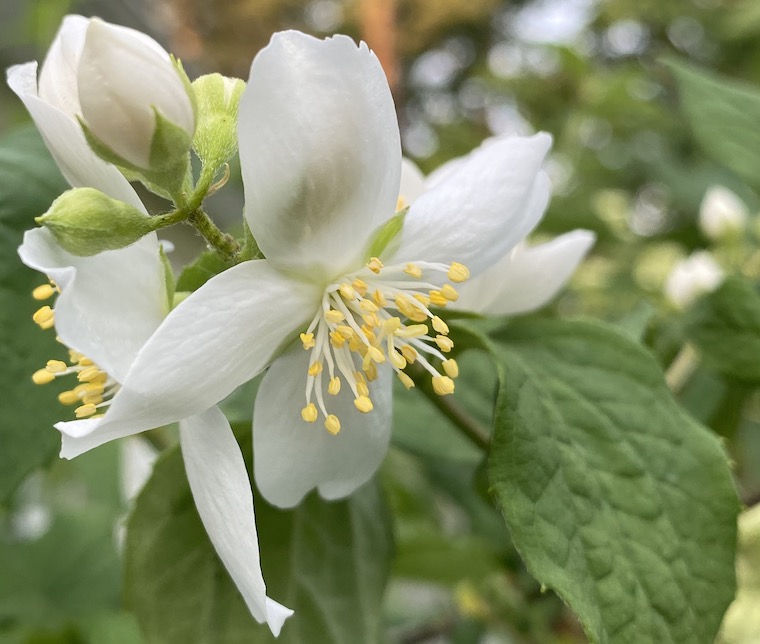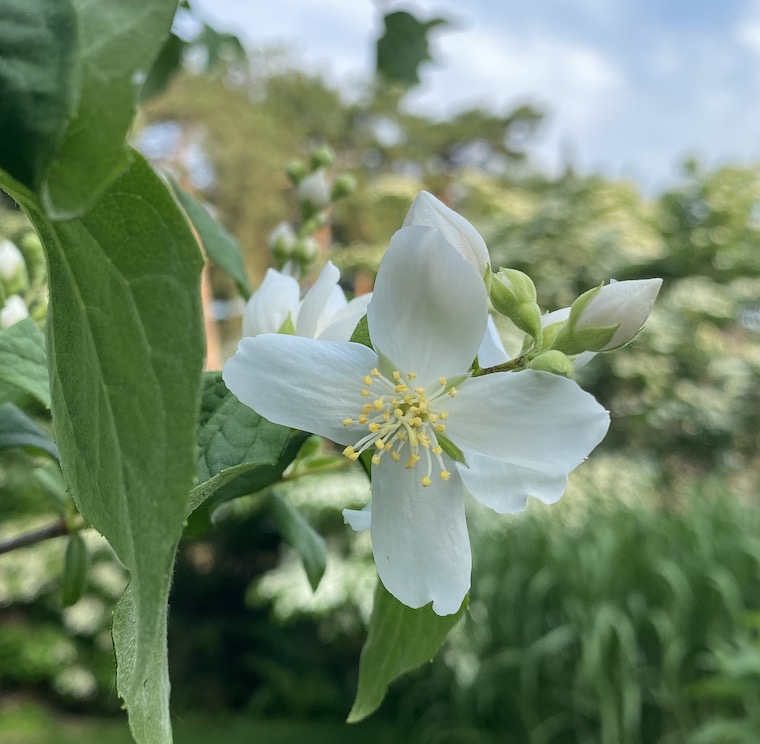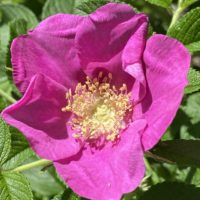Most true plant enthusiasts, if we are being brutally honest with ourselves, have turned to a life of crime at one time or another. Whether it’s the quick clipping of a plant cutting from a greenhouse stuffed surreptitiously into a pocket, or the midnight cut of a lilac branch from a public park, most people who are passionate about plants and flowers have succumbed to the mostly harmless temptation of taking something that wouldn’t really be missed, or might otherwise shrivel away. I always think of my criminal actions when I see the bright blooms of the evening primrose.
We had a nasty neighbor – well, she seemed nasty to a sensitive child because she had absolutely no tolerance for the foolishness of wicked boys (I’d probably get on quite well with her today) – who cultivated a couple of refined and simple gardens – all of which were right off the sidewalk in front of her house – no gate, no hedges, no impediment of any kind for an ill-intending garden thief who only wanted a small bit of her evening primrose that needed to be divided and cut back anyway.

The evening primrose (Oenothera) is a reliable signifier of summer – its blooms appear right around the solstice, opening in the bright light of day and closing at dusk. They appear in great quantity, but they don’t last that long, so it’s a trade-off. They will occasionally throw out some sporadic blooms throughout the summer, but this is their main time to show off. The plant spreads quite quickly in a sunny spot it likes, and so I didn’t think our neighbor would miss them, or even know, if I took a small bit from the back of one of her extensive patches.
Late at night, I snuck into her garden, quickly dug out the smallest of pieces of primrose, and hurried home, depositing it into our backyard garden (not the front because that would be too telling when it bloomed the following year). I’m not proud of this, and don’t recommend stealing of any kind, even if you think it won’t matter or make a difference. Clearly it still weighs on my heart and conscience all these many years later, and the neighbor had long ago moved so there’s no way to achieve any sort of reparation for what I did. Maybe I’m a better person for operating in a more honorable way since then, who knows. I didn’t tumble into a life of crime, and every time these sunny blooms open up and remind us of summer, I’m reminded to be a little better, a little more aware of my actions, a little less, well, criminal.
As for these Oenothera blooms, they are descendants of that initial brush with thievery, as these plants took off in our garden and have spread reliably and almost invasively ever since. I don’t think our neighbor even noticed. And that still doesn’t make it right.



